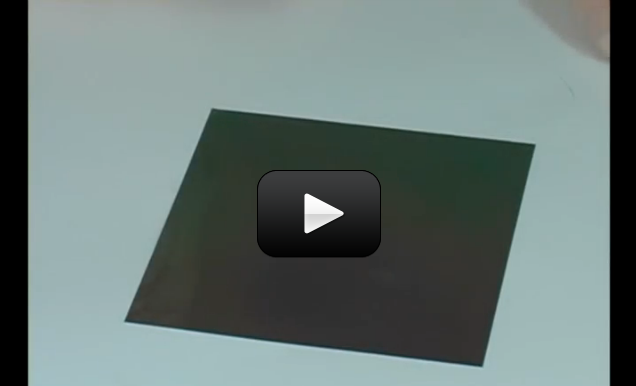If you’ve completed the Soaking Up Rays experiment, you might still be a bit baffled as to why there’s a difference between black and white. Here’s a great way to actually “see” radiation by using liquid crystal thermal sheets.
You’ll need to find a liquid crystal sheet that has a temperature range near body temperature (so it changes color when you warm it with your hands.)
Please login or register to read the rest of this content.


That paper has special liquid crystals that are not quite solid and not quite a liquid, but they move between smaller phase shifts with the heat of your hand. This is why the paper goes from black to rainbow. And also why you need it as a way to indicate temperature for this experiment.
why that paper.
Did you try Educational Innovations? I think they were the ones listed on the shopping list. You can find them at any scientific store, like Edmund Scientific, American Science & Surplus, and Carolina. You only need a 4″ x 4″ piece.
Where can I buy the liquid crystal sheets? They seem really expensive when I looked on Amazon ($37 for a 12X12), does that sound right?
amazon
70-90 degrees F is a good range for our experiments.
What should the temperature transition be on these sheets?
Thanks!
Where can I buy this?